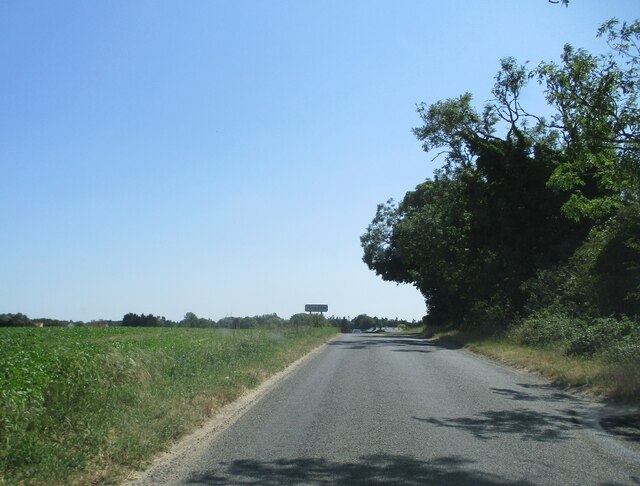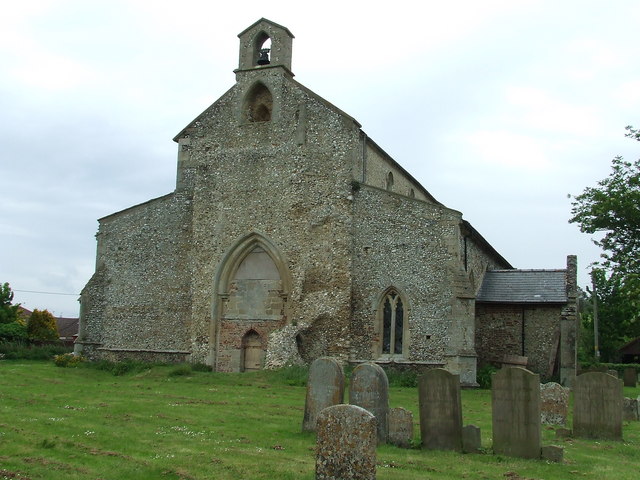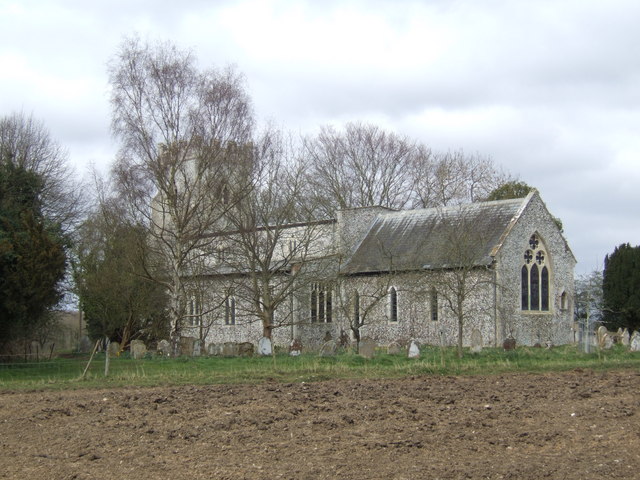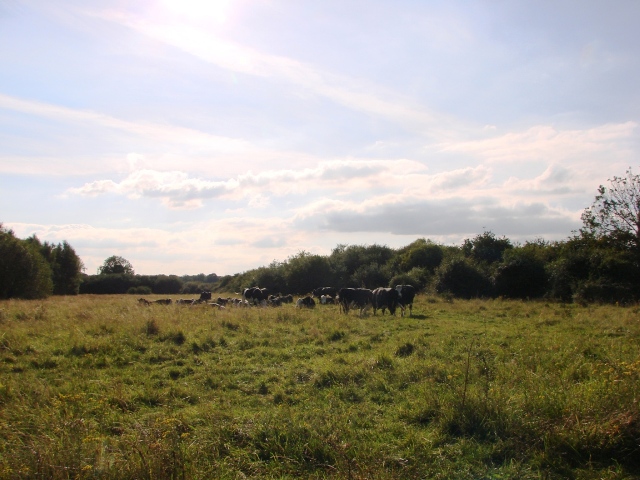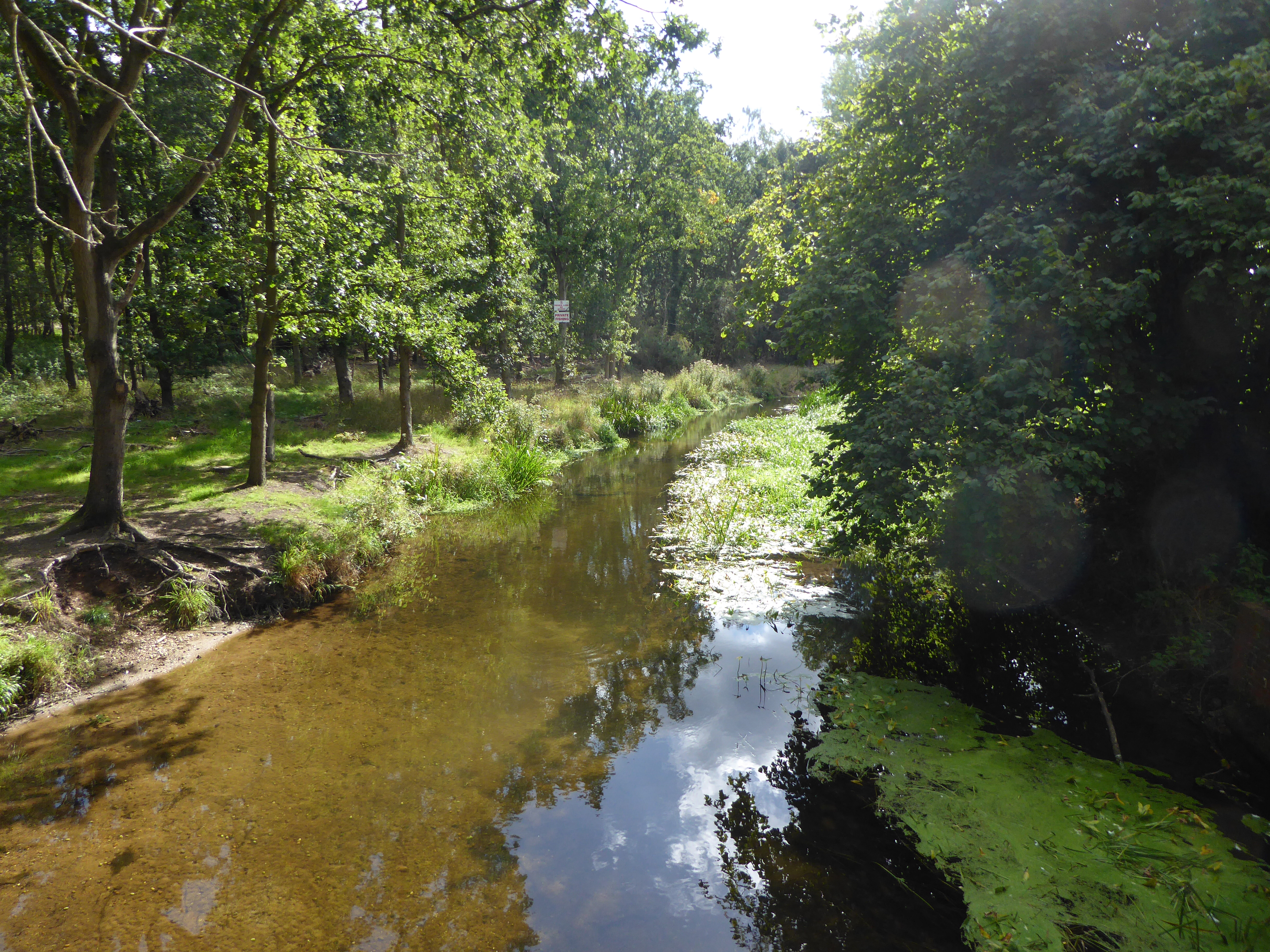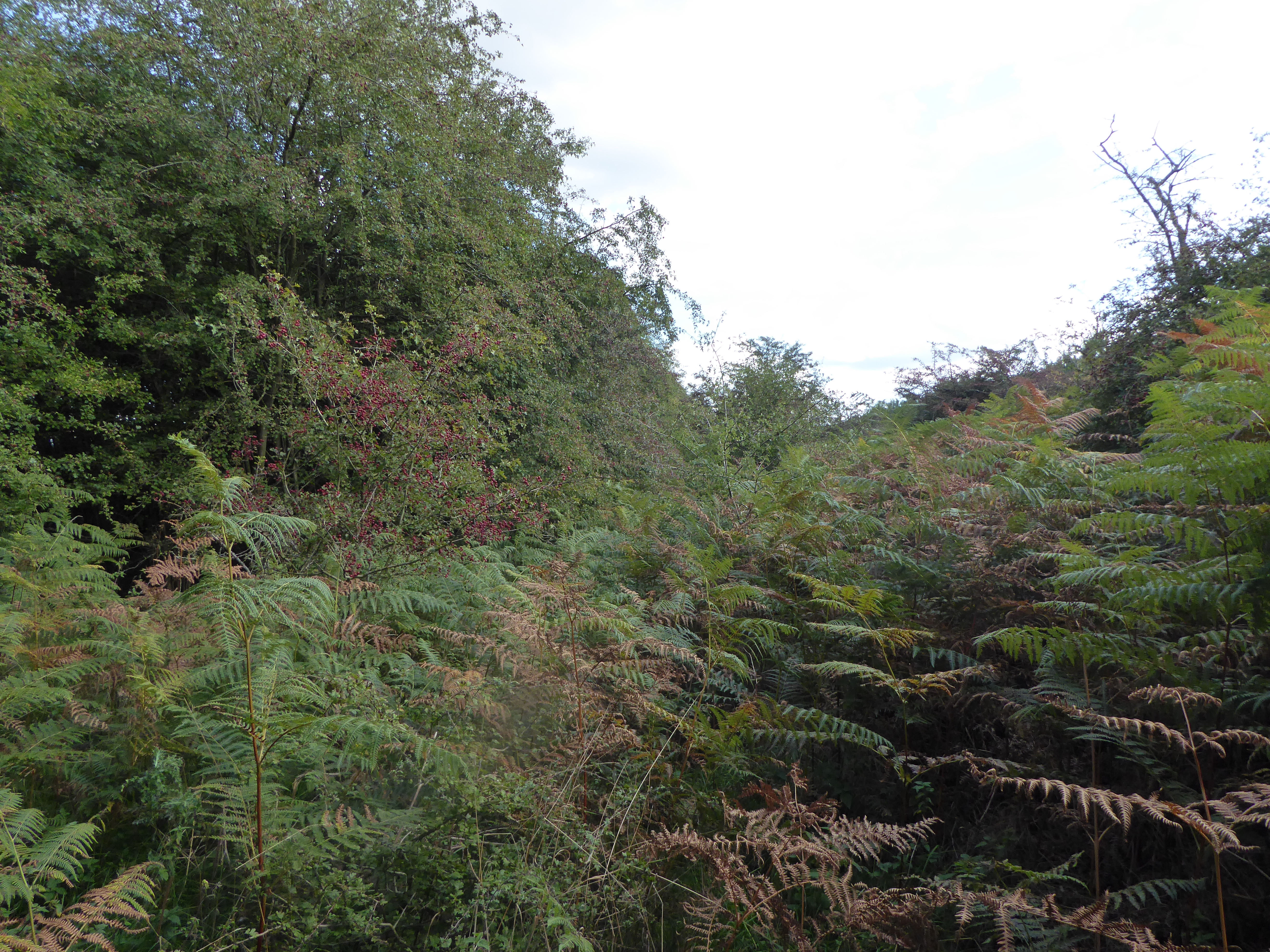Beckett End
Settlement in Norfolk Breckland
England
Beckett End
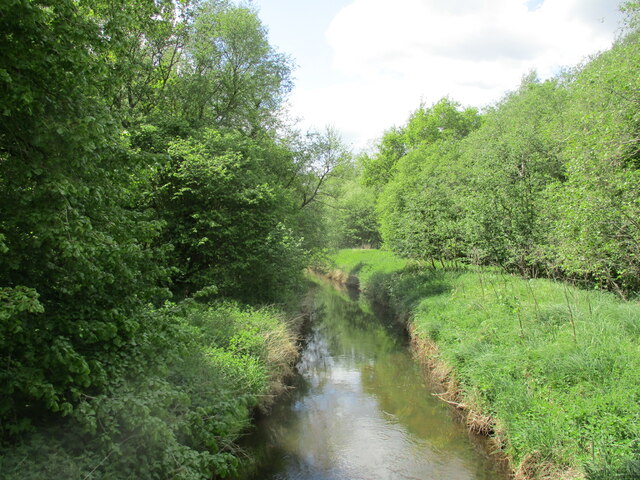
Beckett End is a small village located in the county of Norfolk, England. Situated in the eastern part of the country, Beckett End is nestled within the picturesque countryside, offering residents and visitors a tranquil and scenic setting.
The village is characterized by its charming and traditional architecture, with many historic buildings dating back several centuries. The village center is marked by a quaint village green, surrounded by a few local shops and amenities, providing convenience to its residents.
Surrounded by lush green meadows and rolling hills, Beckett End is a haven for nature enthusiasts and hikers. The village is surrounded by several well-maintained footpaths and bridleways, offering opportunities for outdoor activities and exploration. The nearby woods and forests provide a serene environment for wildlife spotting and peaceful walks.
Despite its small size, Beckett End has a strong sense of community, with regular social events and gatherings organized by local residents. The village also boasts a friendly and welcoming atmosphere, making it an ideal place for those seeking a close-knit community.
For amenities and services not available within Beckett End, the nearby town of Norwich is easily accessible, offering a wider range of shopping, dining, and entertainment options. Additionally, the village benefits from good transport links, connecting it to the rest of Norfolk and beyond.
Overall, Beckett End is a charming village that combines natural beauty, a strong community spirit, and convenient access to nearby towns, making it a desirable place to live or visit in Norfolk.
If you have any feedback on the listing, please let us know in the comments section below.
Beckett End Images
Images are sourced within 2km of 52.555854/0.614667 or Grid Reference TL7798. Thanks to Geograph Open Source API. All images are credited.


Beckett End is located at Grid Ref: TL7798 (Lat: 52.555854, Lng: 0.614667)
Administrative County: Norfolk
District: Breckland
Police Authority: Norfolk
What 3 Words
///enacts.quicksand.sailors. Near Mundford, Norfolk
Nearby Locations
Related Wikis
Nearby Amenities
Located within 500m of 52.555854,0.614667Have you been to Beckett End?
Leave your review of Beckett End below (or comments, questions and feedback).


